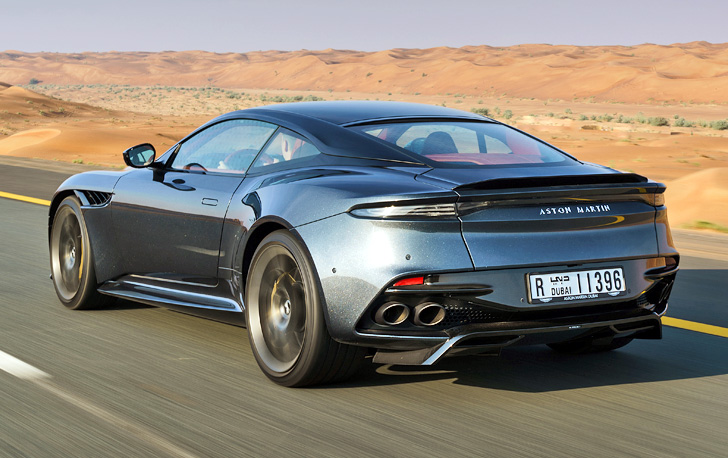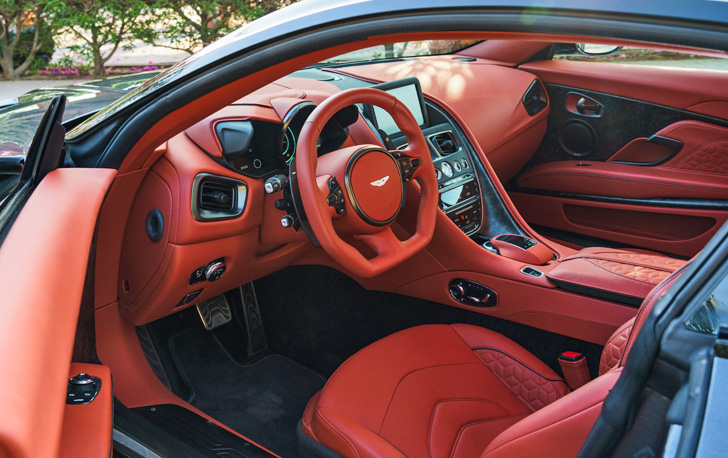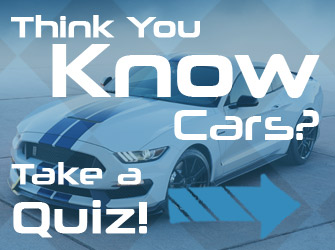Why You Need an Aston Martin DBS Superleggera

The first time you drive the DBS Superleggera it takes you by surprise. You expect it to be good, the DB11 has something of the feel of a well-tailored suit. The DBS is like finding out the suit is being worn by a heavyweight boxer. Use the 12 cylinders to their full potential and gearing up through the transmission with the wheel mounted paddles results in a crescendo of noise. And speed. Lots of speed.
It’s less surprising when you consider the multiple changes on this car from the DB11. In 2013 Mercedes took at 5% stake in Aston Martin in return for supplying engines and electronic systems for their cars, it also floated on the London Stock exchange valued at over $5 billion. This massive injection of cash and access to technical resource is abundantly clear in the DBS – it’s as if Aston Martin’s Engineers have finally been able to run free and show the world what they can really do.
In case you didn’t know ‘Superleggera’ is Italian for ‘Super lightweight’ and this car is indeed 159lbs lighter than the DB11 V12 on which it is based – but there is a lot more going under the skin than that.
Unleash the engineers…
Starting with the 5.2-liter twin-turbo V-12 its output was raised from 600hp to 715hp at 6,500rpm. Torque has also climbed from 516 to 663 lb-ft, delivered from just 1800rpm but continuing all the way to 5,000rpm. To help it on its way, Aston’s engineers have provided the car with an uprated version of the now ubiquitous ZF 8-speed transmission, a limited-slip differential and given the car a shorter final drive of 2.93:1 as opposed to 2.70:1. Even still, the car still has to limit torque in 1st & 2nd gears to cope. Although I suspect this is partly to help the driver rather than the car as the rear tires have no difficulty breaking traction.
To keep this relentless pace in check the massive 410mm (16.1 Inch) Brembo-sourced carbon ceramic brakes are very welcome as is the lowered ride height, revised geometry using completely bespoke forged suspension components, a stiffer rear subframe, active engine mounts and wider tires (265/35 and 305/30 Pirelli P Zero) wrapped around 21 inch forged wheels.
The car distinctly gives the impression that no stone was left unturned when it came to finding incremental improvements, especially when it came to the bodywork.

A very finely tailored suit
Very little of the bodywork remains untouched, gone are the days of every Aston Martin model looking alike – park this next to a DB11 and it’s barely recognizable. The raft of changes are extensive, with most of the cars aluminum exterior panels replaced with carbon fiber.
Amongst other numerous aerodynamic changes the prominent front splitter, deeper side skirts, rear diffuser and an added rear spoiler form a package that generates no additional drag yet at its maximum speed of 211mph provides 396lbs of downforce – that’s a higher top speed and more downforce than any Aston Martin production car before it, incidentally the DB11 generates nearly 45lbs of lift at its top speed.
Even with the weight reduction (including a lithium-ion battery), it’s a brave move to call a car ‘Superleggera’ that weighs in at over 4,000lbs but the revised bodywork, ‘stance’ and wheels have created a beautiful car. It sits with a purposeful stance and still retains the elegance you’d expect from Aston Martin.
Inside the revised dials, more supportive seats and carbon fiber trim continue the sporting theme. Extensive use of alcantara, leather from Scottish highland cows (they will have never seen barbed wire or insect bites) and metal details everywhere contribute to a feeling of deep quality and it’s a very nice place to spend your time.
As with many cars these days, Aston Martin hasn’t been immune from over-complicating things though – the motorized lid on the center console armrest is completely unnecessary and at-odds with the car’s lightweight moniker. The square steering wheel is still difficult to get along with and I find it hard to look at, although that may be due to a lifetime of round wheels. It also has an odd touch where there is a sort-of virtual button panel on the center console which is fundamentally a black gloss touch screen, there are no bumps or indents between the buttons, so sometimes this draws your eyes off the road.
Better is Aston’s use of Mercedes’ previous generation infotainment system, albeit reskinned – it may not be the very latest, but it’s a significant step forward from the outdated Ford/Volvo based systems that haunted the previous generation of cars and very impressive when you consider Aston Martin is still a very small manufacturer (they produced just over 5,000 cars in 2018).
As far as practicality goes, the cabin is spacious although the lack of a glove box and surprisingly small trunk may be an annoyance if you like to have everything tucked away out of sight.
The sum of its parts
In any of the 3 suspension modes the ride from the active suspension is always comfortable and well controlled. It makes a smooth refined cruiser if everything is set to most comfortable and the transmission left to do its own thing. But you can get that from a DB11, and that’s only $225,000.
Was all this engineering effort worth it? Does $308,000 feel like money well spent?
Well, if you’re the sort of driver that likes to really attack a road. As soon as that V12 hollers through its bespoke 10 dB louder exhaust system the answer is yes. Emphatically yes.
Despite its headline power figure, it’s the torque that makes the biggest impact – all 663lbft traveling down that carbon prop-shaft by 1800 rpm. By the time the needle is passing 2500 it feels like the car is rotating the earth towards you at an increasingly rapid rate of knots. Even more impressive for a turbocharged car is that this doesn’t let up until the 7200rpm red line – By which point the oil pump gives it a distinctive supercharger-like sound, it’s a relentless rush. The manufacture’s acceleration claim of 3.3 seconds to 60 & 6.4 to 100mph are completely believable – As is the 50-100mph in 4th of 4.2 seconds – which is 1 second faster than Ferrari’s 812 Superfast.
That powertrain absolutely dominates the experience, highway, you, your passengers, the car etc… but make no mistake, there’s a highly capable chassis under you too.
All that power through the rear wheels is well controlled by the new suspension (aided by torque-vectoring) remaining predictable and whilst not lotus-levels of feedback it gives enough information to the driver to meter out all that power effectively. That weird square steering wheel gets considerably less-weird when your hands are holding a solid ‘3:15’ racers grip. It’s well weighted and tells you enough about what the front wheels are doing.
Not that you’re ever likely to reach the limits of this car on the public highway if you have any sanity. Grip is very strong and you have to be reasonably determined for the rear end to break away in the dry. It encourages you on to throw more and more at it and inspires confidence. This car is more effective in the bends than any other street-legal Aston Martin to go before it. The massive carbon ceramic brakes take some getting used to, being almost too grabby at low speeds and light applications but coming into their own when you really need them proving tenacious at slowing the ‘sortaleggera’ from eye-widening speeds.

Superfast or Superlight?
The obvious rival for this car is Ferrari’s 812 Superfast, it’s clear they’ve had the Italian in their sights from the get go so much so that one of the Aston bosses thought that as Ferrari used the English ‘Superfast’ in their name, Aston should use the Italian ‘Superleggera’. But is it a genuine competitor?
Given the Ferrari’s $363,730 price tag the question should really be ‘is the Ferrari worth the $56,000 premium over the Aston Martin?’.
The Aston is faster, sounds great, feels special and looks beautiful. It doesn’t quite dance like the Ferrari and it hasn’t got the aggression – but it comes close. It also has the ability to pamper you as a GT should when you need it to, which the Ferrari doesn’t. Given that most of the time is spent getting to the interesting roads, not on it…I’d probably err on the side of the Aston.
Both are highly addictive and would be deeply satisfying to own, neither are cheap but then no addiction is.
Aston Martin has successfully turned its already-capable DB11 into an emotion-stirring, bespoke-feeling, incredibly capable super-GT. It may not be particularly leggera but it is without doubt: Super.










































































































